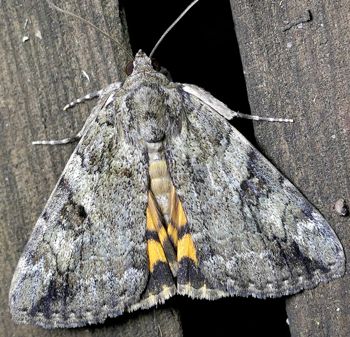
Catocala micronympha (little nymph underwing)

Catocala similis (similar underwing)
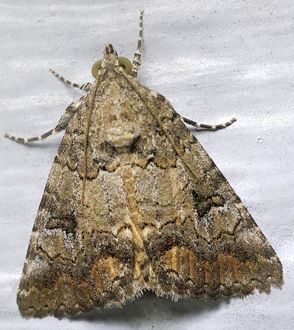
Eubolina impartialis (eubolina moth)

Melipotis indomita (indomitable melipotis)
| Moth identification can be both fascinating and frustrating. Just getting to the correct family is sometimes a major challenge. The first four images shown above are in the family Erebidae, while the next five are in Noctuidae. Until recently, these two families were combined under the latter name. |
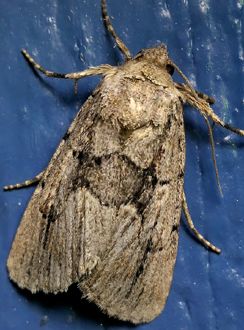
Sympistis infixa (broad-lined sallow)

Acronicta lobeliae (lobelia dagger)
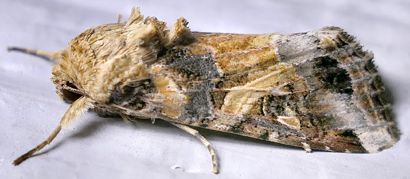
Spodoptera ornithogalli (yellow-striped armyworm moth)
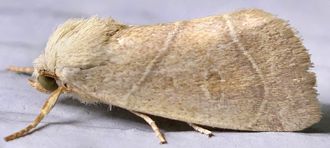
Cosmia calami (American dun-bar moth)
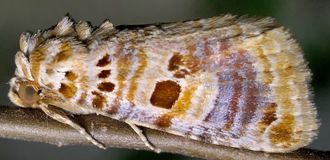
Diastema tigris (lantana moth)
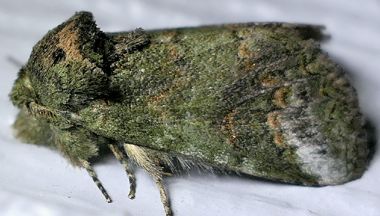
Heterocampa subrotata (small heterocampa moth)
| Although this moth might not appear to differ much from the previous species, it is in a different family: Notodontidae. |

Afrida ydatodes (Dyar's lichen moth)
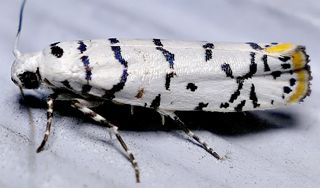
Ethmia delliella (ethmia moth)
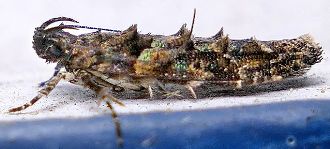
Neotelphusa sp. (moth)
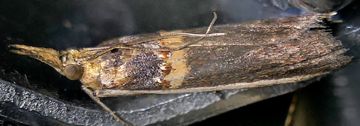
Etiella zinckenella (gold-banded etiella)
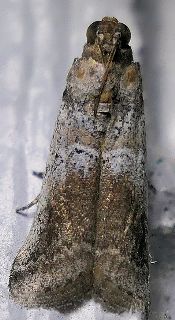
Chararica hystriculella (moth)
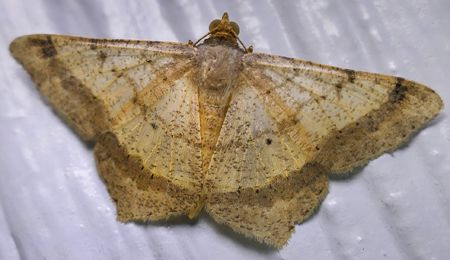
Psamatodes abydata (dot-lined angle)

Macaria graphidaria (moth)
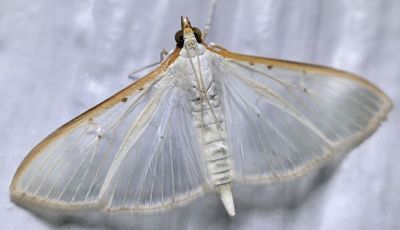
Palpita quadristigmalis (four-spotted palpita)

Celticecis celtiphylla & Celticecis connata
(hackberry acorn gall midge & hackberry aggregate gall midge)
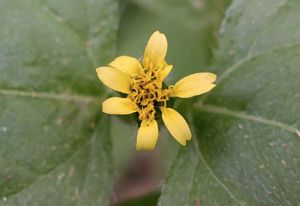
Calyptocarpus vialis (straggler daisy)
| By this time of year, the areas of our yard that receive enough sunlight are carpeted with this low-growing composite. Tiny syrphid flies can often be seen on the blossoms. |

Zephyranthes drummondii (Hill Country rain lily)
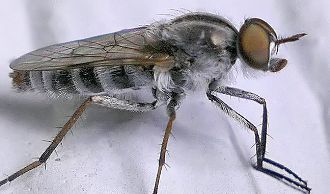
Ozodiceromyia sp. (stiletto fly)
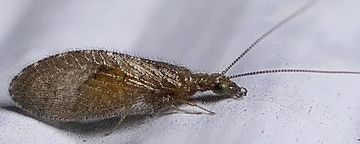
Sympherobius barberi (brown lacewing)
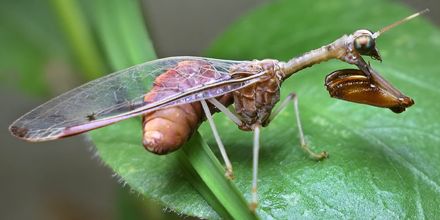
Dicromantispa interrupta (mantisfly)

Leptomantispa pulchella (mantisfly)
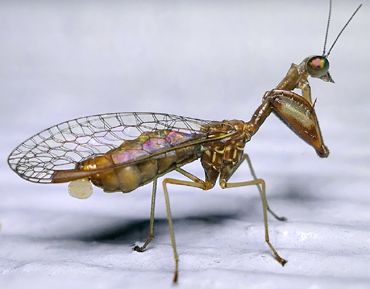
Leptomantispa pulchella (mantisfly with spermatophore)
| The spermatophore (the white glob at the tip of the abdomen) indicates this female has recently mated. Mantisflies are known to have sperm dimorphism, in which the male produces both spermatozoa that fertilize the eggs and paraspermatozoa which do not. |

Metaltella simoni & Marpissa lineata (spiders & jumping spider)
| Moving some grass along the slab of our house flushed out this little group. Spiders DO prey upon each other, but a bigger threat can distract them. The middle one is the jumping spider, while a mature male and an immature individual of the no-common-name species are at left and right. |

![]()